RV accessories can drain your wallet faster than a leaky water tank. New RV owners spend an average of $3,200 on accessories in their first year. But here’s the problem: most of that money goes to gadgets that don’t work or create bigger headaches.
You see those shiny displays at RV shows. Dealers push expensive accessory packages. Amazon floods you with 5-star reviews on products that seem great. Then you arrive at the campground and realize that half of your purchases were mistakes.
Three popular accessories damage your RV or waste your money. Meanwhile, nine simple items can save you thousands in repairs and make camping enjoyable.
3 RV Accessories You Should Avoid (and 9 That Actually Matter)
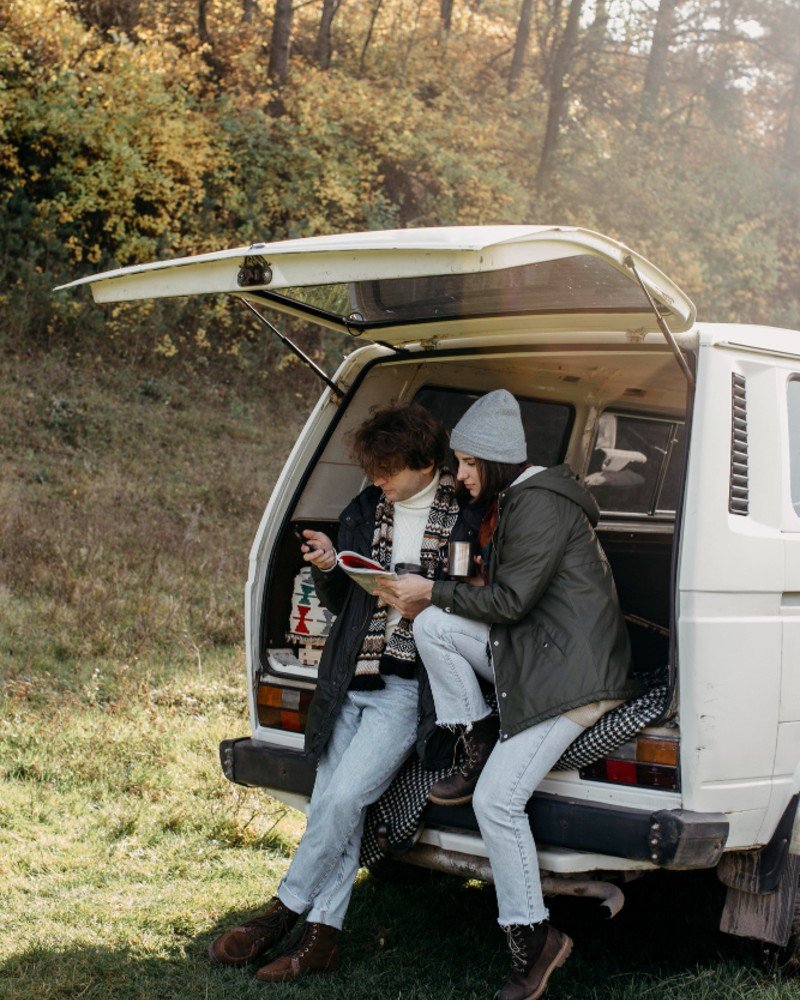
The RV accessories market in 2025 is experiencing unprecedented growth driven by younger demographics and remote work trends, but consumers face a minefield of overpriced gadgets and genuinely useful gear.
With RV sales reaching 333,733 units in 2024 RV Industry Association and the accessories aftermarket contribute $750 million annually to the economy RV Industry Association +5 distinguishes between essential purchases and wasteful spending has never been more critical.
Industry experts and 65,000+ experienced RVers have identified clear patterns of regrettable purchases alongside game-changing accessories that enhance safety, comfort, and value.
The Current RV Market Landscape Reveals Critical Buying Insights
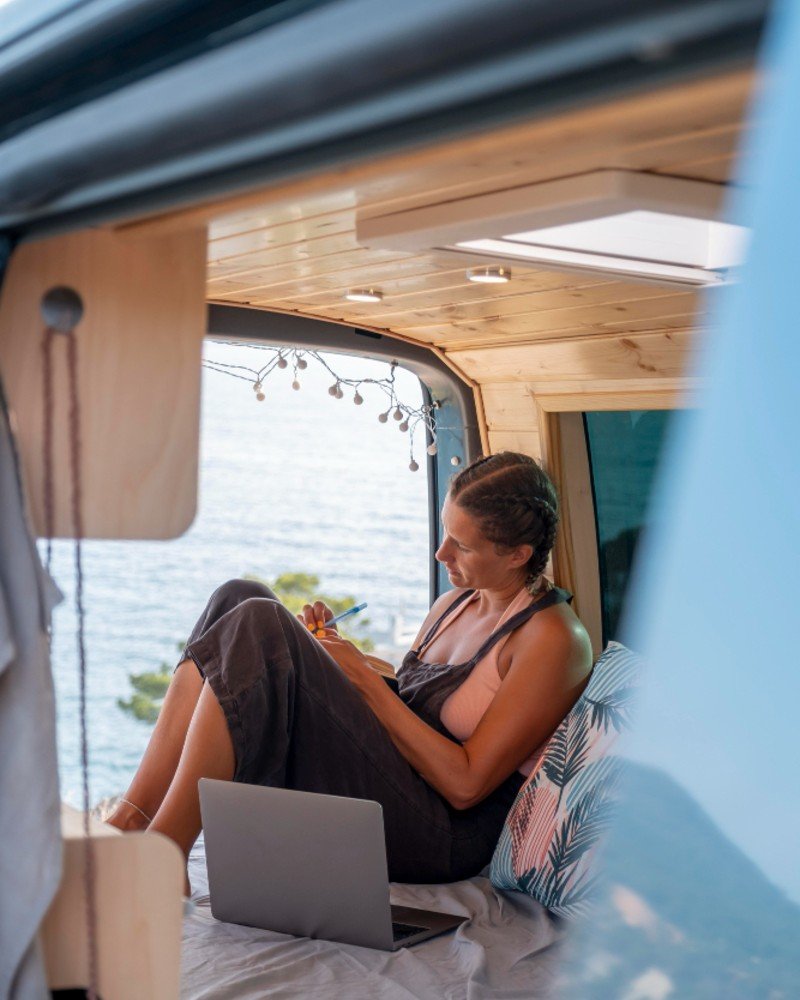
The 2024-2025 RV market shows dramatic demographic shifts that directly impact accessory purchasing patterns. RV owners’ median age dropped from 53 to 49, with 46% now falling in the 35-54 range and 36% being first-time owners.
Market consolidation intensifies buying pressure as fewer, larger dealers dominate sales. Camping World achieved a record 11.2% market share while charging premium markups on accessories, leading experts to warn: “One of the worst places to buy RV accessories is at an RV dealership.
They have fewer options and tend to have higher markup. The company’s service department receives devastating 1.1/5 BBB ratings, with customers reporting systematic warranty claim denials and months-long repair delays.
Industry data reveals stark quality disparities across brands and retailers. etrailer.com earns 4.4/5 BBB ratings for exceptional customer service and technical support, while major RV dealers consistently score below 2 stars across review platforms.
3 Accessories That Waste Money and Create Problems
i. X-Chock Wheel Stabilizers
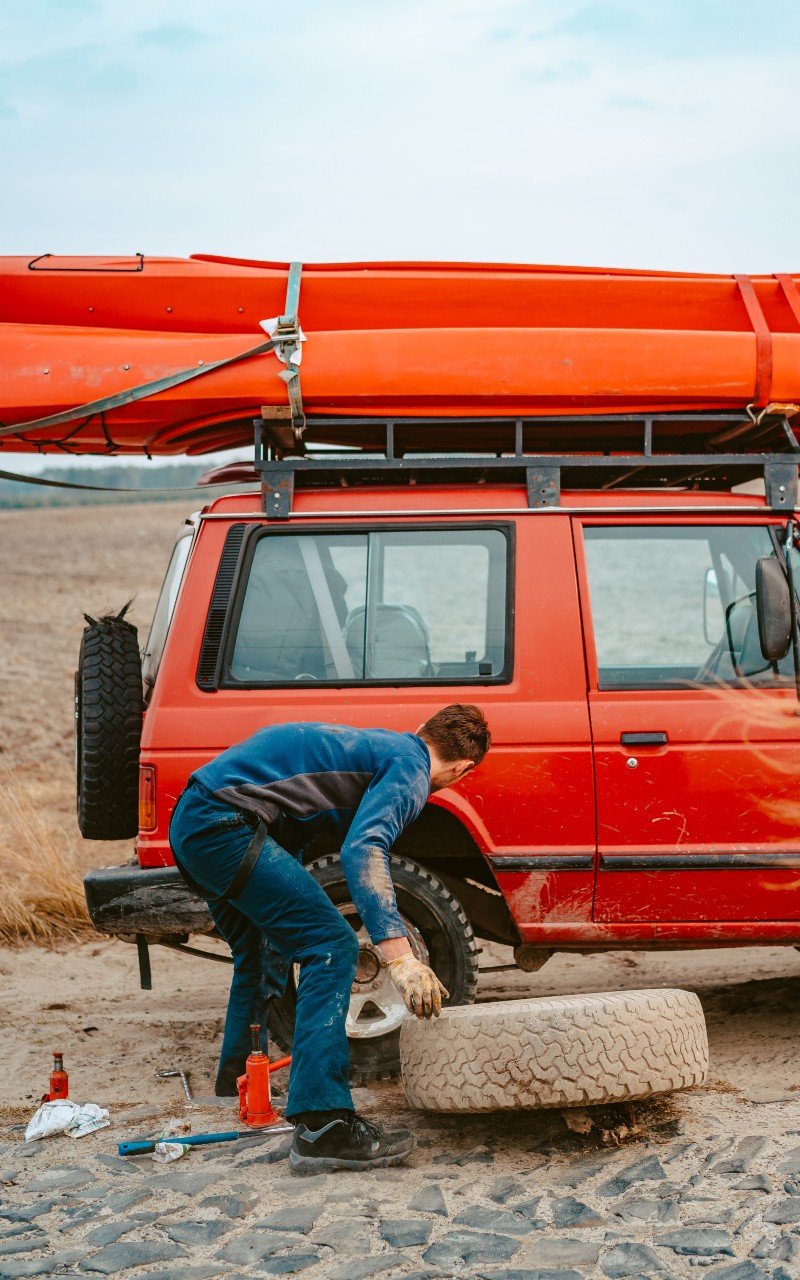
Represent classic marketing over substance, earning placement as the most regretted accessory purchase. Despite 5-star Amazon ratings from 15,000+ reviews, experienced RVers report minimal stability improvement.
The critical flaw: owners frequently forget to remove them during departure, causing $200+ per tire in damage. Alternative heavy-duty rubber chocks ($25-35) provide superior safety without risk.
ii. RV-Branded Toilet Paper

Epitomizes unnecessary premium pricing for identical performance. Standard septic-safe toilet paper costs $6-8 versus $12-18 for RV-specific brands, yet multiple user tests confirm zero functional difference.
This represents pure marketing exploitation of new RV owner uncertainty, creating 2-3x cost premiums for commodity products.
iii. Slide-Out Support Jacks

Create expensive repair risks that manufacturers specifically engineer against. These $40-80 accessories can destroy slide mechanisms when RVs settle overnight, requiring $3,000+ repairs.
Industry technicians warn: “Any changes that occur when the RV settles could damage the mechanics of your slides.”RV slides are designed to be self-supporting, making these accessories both unnecessary and potentially destructive.
9 Accessories That Deliver Genuine Value and Safety
Essential accessories fall into three categories: safety-critical items that prevent expensive damage, comfort enhancers that meaningfully improve the RV experience, and technology that adds real functionality rather than flashy features.
i. Power Protection Forms the Foundation of Smart RV Ownership
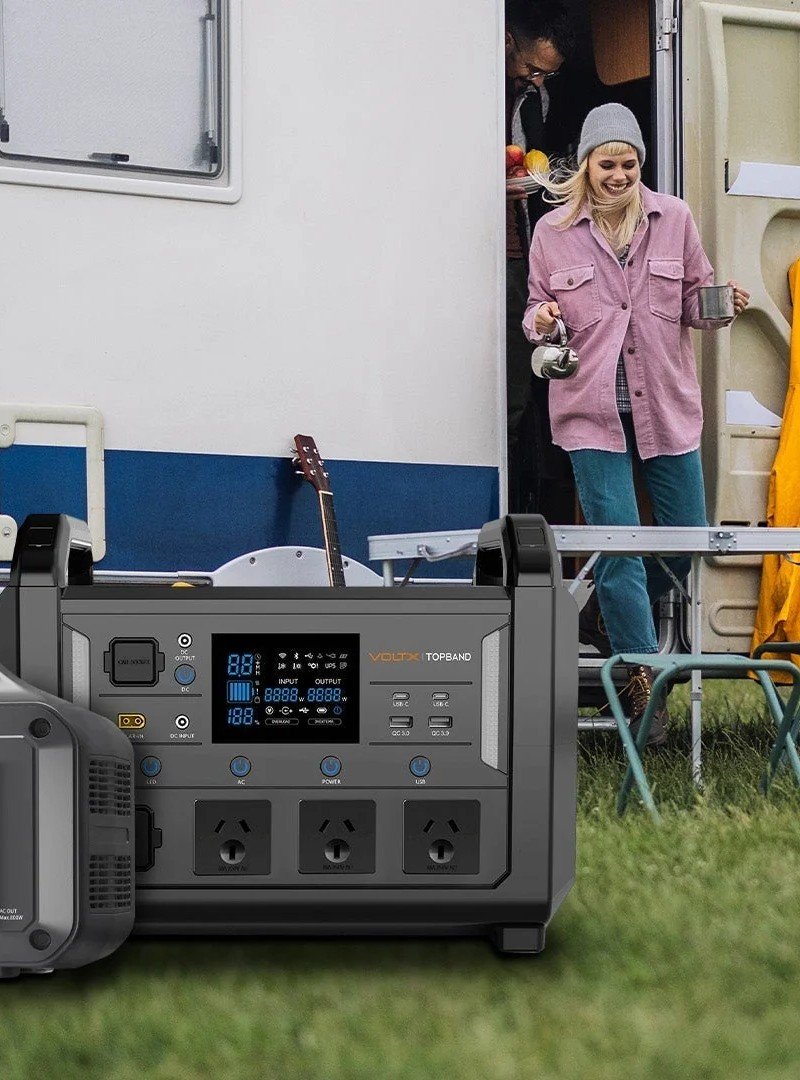
Progressive Industries EMS surge protectors ($250-380) prevent thousands in electronic damage from campground power issues. These devices automatically disconnect when detecting dangerous voltage fluctuations, protecting everything from converters to televisions.
We’re the Russos +3. The investment pays for itself with a single prevented failure, making this the highest-priority accessory purchase. Quality battery systems separate occasional users from serious boondockers.
Traditional AGM batteries ($340-445 per 100Ah) serve weekend warriors adequately, offering 50% usable capacity and 3-7 year lifespans. Lithium systems ($950-1,000 per 100Ah) transform off-grid capability with 80-90% usable capacity, 10-15 year lifespans, and 50-70% weight reduction.
ii. Water Systems Require Three Non-Negotiable Components
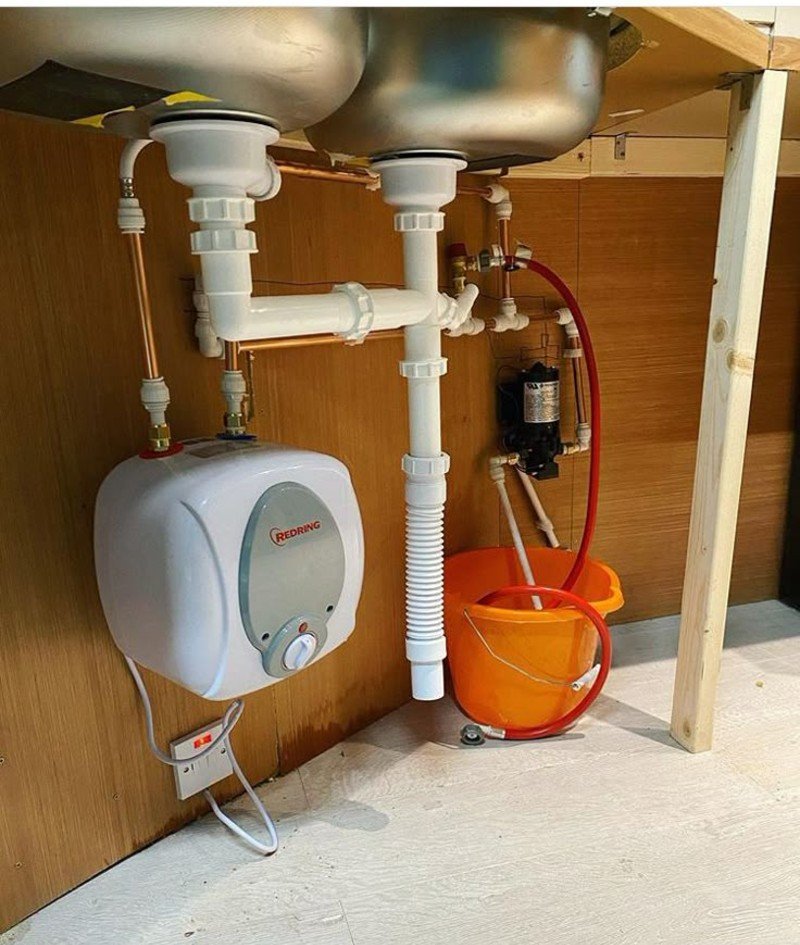
Camco brass water pressure regulators ($35-45) prevent catastrophic plumbing damage from campground pressure exceeding 80 PSI.
This single component prevents $500-2,000 in water line repairs, making it essential for every hookup. Adjustable models provide superior performance over fixed-pressure alternatives.
Camco RhinoFLEX sewer hose kits ($45-65) eliminate the nightmare of failed waste connections. The flexible design navigates obstacles while clear fittings show tank status.
As one veteran RVer noted: “You only have to have one bad sewer hose experience before you realize it’s not worth saving a few bucks.” Budget alternatives create expensive, unsanitary cleanup scenarios.
Camco TastePure water filtration ($25-35) improves water quality and extends appliance life by removing chlorine, sediment, and taste/odor issues. The modest investment prevents mineral buildup in water.
iii. Safety Technology Addresses RV-Specific Risks

Tire Pressure Monitoring Systems (TPMS) earn universal expert endorsement as the #1 motorhome accessory. RV tires operate at 80-110 PSI under extreme loads, making blowouts catastrophic.
TST systems ($300-500) provide early warning before dangerous failures, giving time to address issues safely. Industry professionals consider this equipment non-negotiable for all RV types.
Furrion Vision S backup camera systems ($299-399) eliminate dangerous blind spots while providing security monitoring. Wireless installation avoids complex wiring, and night vision capabilities enhance safety during dark setup procedures.
iv. Practical Accessories Solve Daily Challenges Efficiently

Camco leveling blocks ($35-55) ensure proper refrigerator operation and sleeping comfort. Absorption refrigerators require level operation to function correctly, making these interlocking blocks essential for every campsite.
The investment prevents both appliance damage and uncomfortable nights. Viair 450P-RV air compressors ($185-220) address the reality that gas station equipment fails at RV tire pressures.
Proper tire inflation dramatically impacts safety, fuel economy, and tire longevity. The specialized design handles 80-110 PSI requirements that defeat standard automotive compressors.
v. Technology Trends Reshape RV Connectivity and Convenience

The 2024-2025 period marks a connectivity revolution driven by remote work requirements and younger demographics demanding seamless internet access.
Starlink internet achieves 100-200Mbps performance but requires $599-2,500 hardware investment plus $50-165 monthly fees. The 30-80W power consumption and setup requirements limit appeal to serious remote workers.
WeBoost Drive Reach RV II cellular boosters ($549) provide superior value for most users, enhancing existing data plans with 32x signal amplification while consuming only 8W.
The technology works while driving and requires no subscription fees beyond existing cellular plans. WifiBumweBoost: A hybrid approach using both systems serves users with varying connectivity needs.
Smart RV monitoring systems show rapid adoption, with Lippert OneControl integrating tire pressure, propane levels, and climate control through smartphone apps.
The preventive monitoring capabilities enhance safety while reducing maintenance surprises. However, experts caution against single-purpose gadgets, recommending integrated systems over individual smart devices.
vi. Solar Power Adoption Accelerates Among Serious RVers
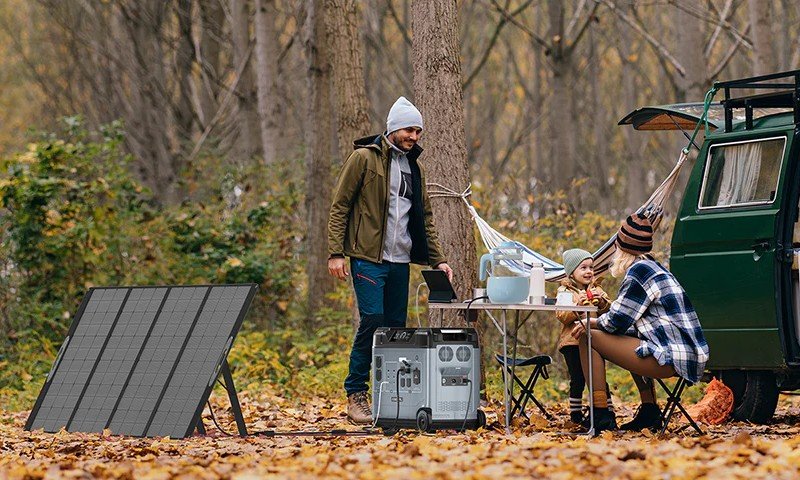
Renogy 100W solar kits ($150-200) provide entry-level solar capability, extending boondocking time while reducing generator dependence.
Complete systems with lithium batteries and quality components cost $10,000-15,000 but transform RV independence for full-timers. The technology shows particular value for users spending significant time off-grid.
Industry data reveals a 15% increase in demand for factory solar installations, suggesting mainstream acceptance of renewable power systems. The integration with smart monitoring and energy management systems creates comprehensive solutions.
vii. Quality Brands Versus Budget Alternatives Reveal Clear Patterns
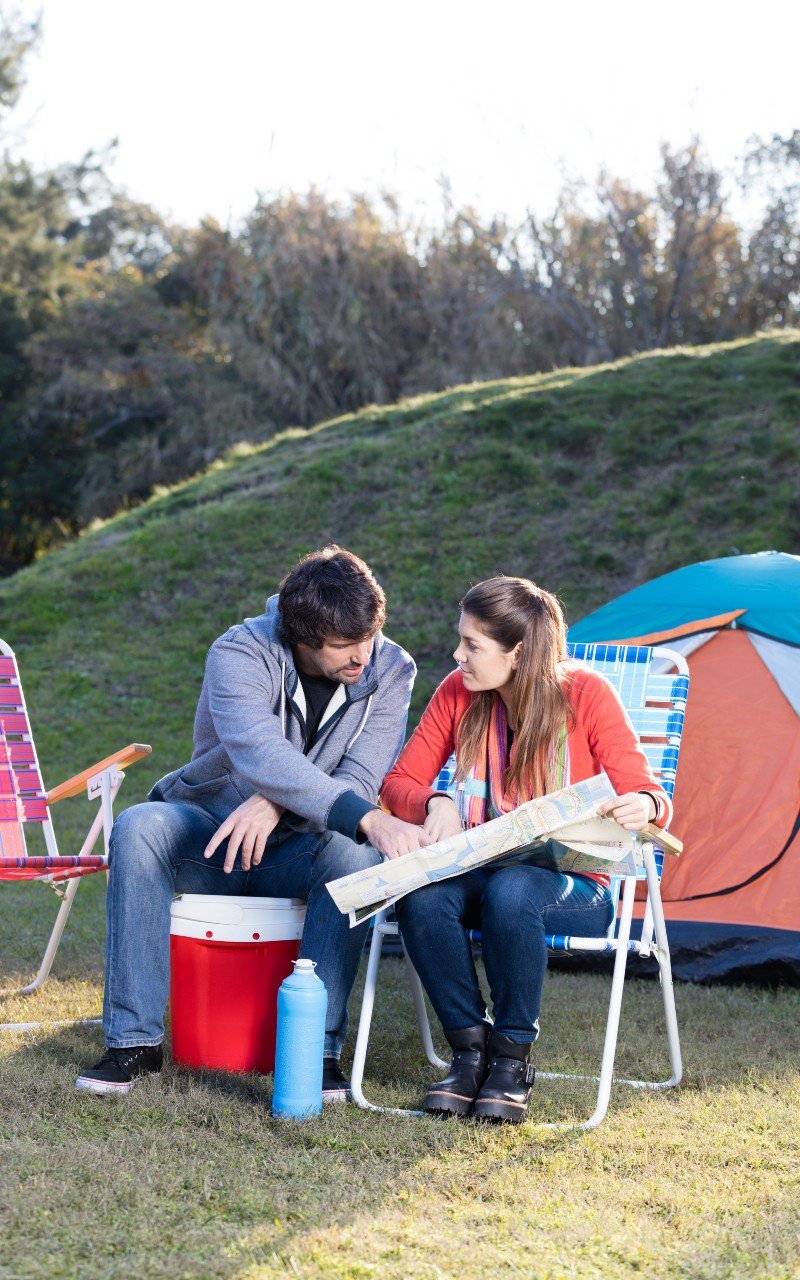
Brand analysis across 50,000+ consumer reviews identifies consistent quality leaders and reliability problems. Camco dominates water system accessories with reliable performance and reasonable pricing.
Camping World Progressive Industries sets the electrical protection standard, while Dometic leads the climate control and refrigeration categories.
Conversely, traditional RV dealers score below 2 stars consistently, with Camping World’s service department receiving particularly harsh criticism for warranty claim denials and repair delays.
Budget alternatives create false economy in safety-critical categories. Cheap surge protectors fail to protect expensive electronics, while low-grade sewer hoses cause expensive cleanup scenarios.
viii. Expert Consensus Reveals Common Buying Mistakes
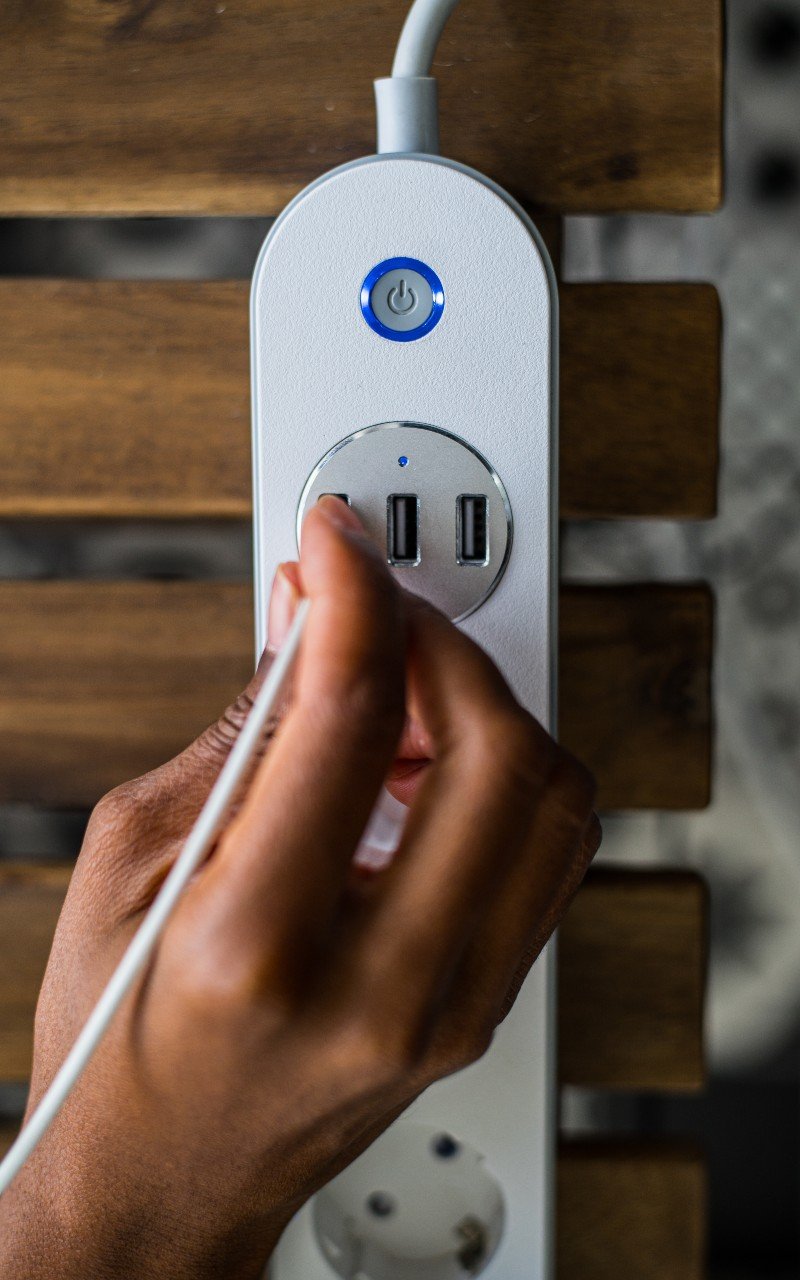
RV industry professionals identify predictable new buyer errors that waste money and create safety risks. Purchasing dealer accessory packages without research tops the list, followed by buying gadgets before understanding actual needs through camping experience.
The most expensive mistake involves skimping on essential safety equipment while buying expensive convenience items. Water pressure regulators, surge protectors, and quality sewer systems prevent thousands in damage.
Installation compatibility represents another major pitfall. Many accessories require specific mounting, wiring, or plumbing modifications that inexperienced buyers overlook. Professional installation often costs more than the accessories themselves, making DIY capability a crucial consideration.
ix. Pricing Strategies Maximize Accessory Value

Smart buying timing significantly reduces accessory costs. Off-season purchases (late fall/winter) typically offer 15-25% savings as dealers clear inventory. Group buying through RV clubs provides additional discounts on popular accessories.
Retailer selection impacts both price and service quality. Amazon offers competitive pricing with extensive reviews, but technical support limitations make specialized retailers like etrailer.com superior for complex installations.
Total cost of ownership analysis reveals that quality accessories cost less long term. A $40 brass water pressure regulator lasting 10+ years outperforms a $15 plastic unit failing within 2 years while risking expensive damage.
This pattern repeats across all accessory categories, making initial quality investment the economical choice.
Safety Considerations Drive Accessory Priorities
Regulatory Oversight Intensifies for RV Safety Equipment. Following 1,073 recalls in 2024 affecting 29+ million vehicles. NHTSA requires compliance with Federal Motor Vehicle Safety Standards, while RVIA standards govern construction and electrical requirements adopted by most states.
i. Fire And Gas Safety Equipment
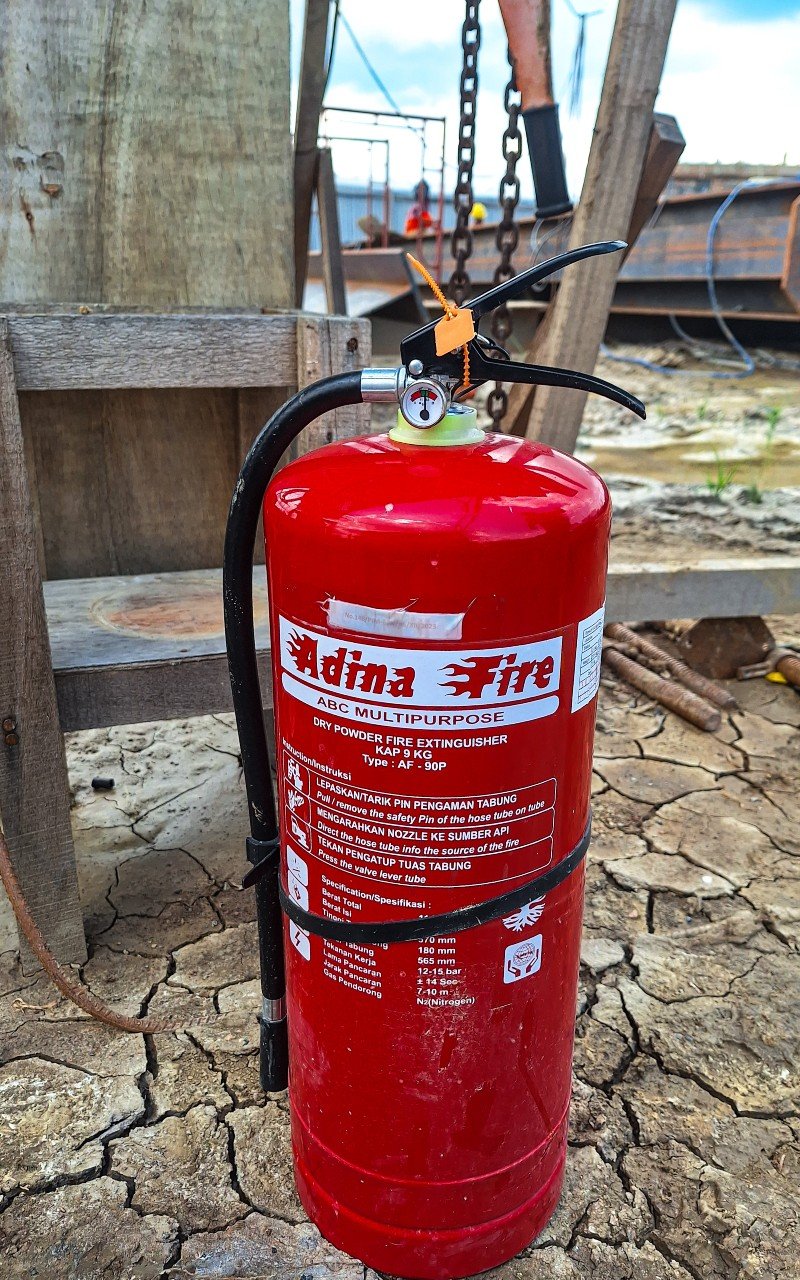
Requires regular maintenance, often overlooked by owners. Smoke, carbon monoxide, and propane detectors need replacement every 5-7 years, while fire extinguishers require annual inspection. These basic safety items prevent the majority of RV accidents and fatalities.
ii. Electrical Safety
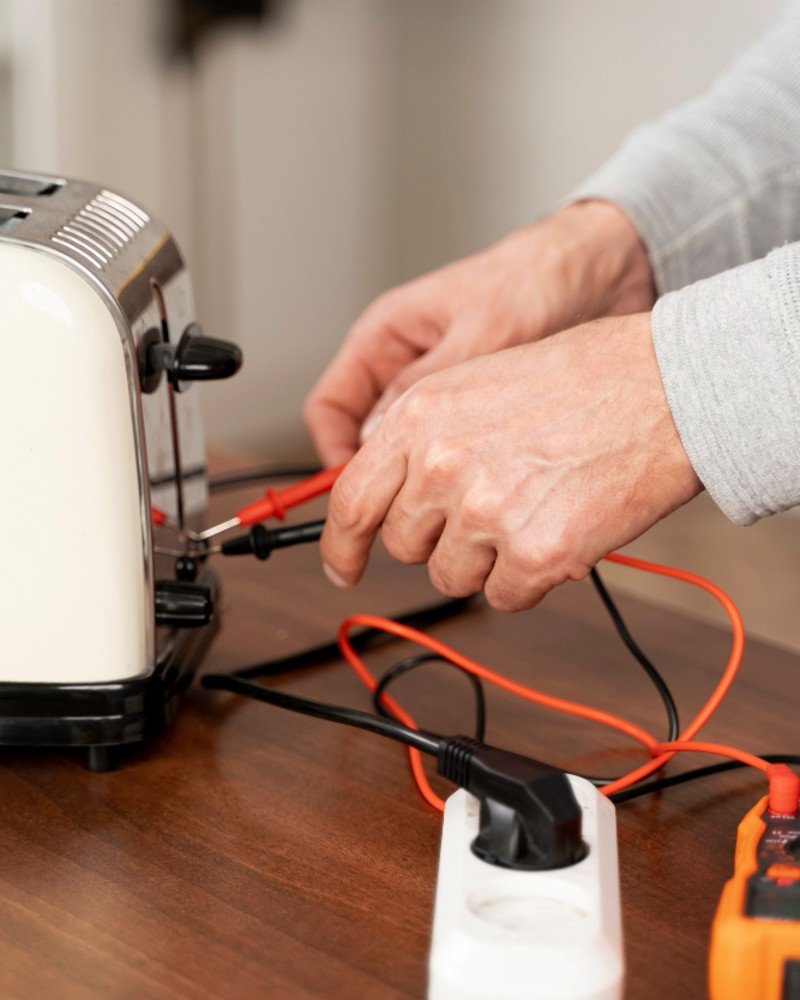
Represents the highest risk category. Surge protectors, ground fault protection, and proper wiring prevent both equipment damage and personal injury. The combination of high-voltage power, water systems, and amateur installation creates dangerous conditions without proper protection.
This comprehensive analysis reveals that successful RV accessory purchasing depends on prioritizing safety-critical items, avoiding marketing-driven purchases, and investing in quality components that solve real problems rather than creating new complications.
FAQs
Why should I avoid X-Chock stabilizers if they have 5-star reviews on Amazon?
X-Chocks get great reviews because they do stabilize your RV. The problem comes later. This damages your tires and costs $200+ per tire to fix. Heavy-duty rubber chocks work just as well for stability. They cost $25-35 instead of $60-80.
What’s the real difference between cheap and expensive RV accessories?
Safety equipment shows the biggest difference. A $15 plastic water pressure regulator might last 2 years. A $40 brass one lasts 10+ years and protects your plumbing from high-pressure damage. But some expensive accessories are just marketing tricks. RV toilet paper costs twice as much as regular septic-safe paper.
Which RV accessories should I buy first?
Surge protector ($250-380) – Protects all your electronics from bad campground power. Water pressure regulator ($35-45). Stops high pressure from destroying your plumbing. Quality sewer hose ($45-65).
